Top 10 Countries in East Asia and Pacific by Population 1960-2018
Description
This video features the top 10 countries in East Asia and Pacific by population from 1960 to 2018.
The term “total population” is coined by World Bank based on the de facto definition of population, which counts all residents regardless of legal status or citizenship. The population values shown are estimates of the midyear population of these countries.
Population estimates are usually based on national population censuses. Estimates for the years before and after the census are interpolations or extrapolations based on demographic models. Some of the important building blocks of a comprehensive demographic model include mortality rate, fertility rate and migration rate of the country.
Note that these countries/economies/territories are classified by World Bank based on their macro-geographical location and other important criteria for the purpose of statistical analysis. Therefore, the resulting classification by no means implies political independence nor represents the political or any other affiliation of the countries or entities in question. For instance, despite being parts of France, entities like New Caledonia and French Polynesia are still considered as discrete “countries” and therefore separate data values are reported under their own entries.
Objectives of This Video:
1) To find out the top 10 largest countries in East Asia and Pacific by population from 1960 to 2018.
2) To visually compare the potential market size of East Asia and Pacific countries from the perspective of population count over the years.
Key Takeaways from This Video:
1) China, the largest East Asia and Pacific (EAP) country by population size in 2018, makes up an incredible 18.40% of the world total population that year.
2) The total population of the top 10 most populated countries in EAP has climbed by 122% from 1960 to 2018 while the global population has exploded by 151% over the same period.
3) As of 2018, the top 10 largest East Asia and Pacific nations by population together constitute 96.37% of the EAP’s total population or a jaw-dropping 29.34% of the global population.
4) For the past 10 years, the top 10 most populated EAP nations have collectively only grown by 0.646% annually on average, which is about 1.82 times slower than the global average of 1.177%.
Some of the most populous East Asia and Pacific (EAP) countries covered: China, Indonesia, Japan, Philippines, Vietnam, Thailand, Myanmar, Korea, Rep., Malaysia, Korea, Dem. People's Rep., Australia, Cambodia, Papua New Guinea, Hong Kong SAR and Lao PDR.
------
This video is part of the video series called “Demographic and Social Statistics: Population” created to examine and compare the #population count of all countries in the world. This helps determine the potential market size, economic growth prospect, sustainability of natural resources and social infrastructure availability in the country.
Link to the video playlist: https://www.youtube.com/playlist?list=PLRA_U4Pw2yqkcTKB0QZud41dRGSZ9lcQL
------
Questions Worth Asking:
1) Which #EAP country do you think has achieved the highest population growth rate between 1960 and 2018?
2) Do you think that this rate of population growth is even #sustainable for the entire human race and the equally, if not more, important biosphere?
3) Can you imagine that the world population will quickly grow to over 11.2 billion at the end of the century as predicted by the United Nations Population Division? What impact could it have on your life if it were to become a reality?
Let me know what your thoughts are for each of the questions mentioned above.
-----
We have created the following playlists to organize our videos by theme:
Greatest Battle of the 21st Century https://bit.ly/2Rzd93P
Economic Performance Indicators Rankings https://bit.ly/37dfmZf
Social Media Rankings https://bit.ly/38r3nYp
Demographic and Social Statistics: Population https://bit.ly/2uhALSM
Do check out similar videos on other global economic trends and news:
Top 10 Asian Countries by Gross Domestic Product (RGDP) 1960-2018 https://youtu.be/98VL8Ys7HrU
-----
Also, we invite you to subscribe to StatStorm so you can stay informed of the moment a new video is released.
https://www.youtube.com/channel/UCSkR1lcAF8nCJM6ca_OQ_Ng?sub_confirmation=1
Consider checking out our official social media account page below:
Facebook page: https://www.facebook.com/StatStormOfficial
Twitter: https://twitter.com/StatStorm
Instagram: https://www.instagram.com/statstorm/channel/
Pinterest: https://www.pinterest.com/StatStorm/
Keep in touch and have a nice day!
-----------------
Data Source:
World Bank https://data.worldbank.org/
United Nations Population Division https://population.un.org/wpp/
Music Source: Youtube Audio Library
Music Title: Animal (Sting) & Fond Memories & Blunt
https://www.youtube.com/audiolibrary/music?nv=1

![GDP Top 10 Countries[Asia-Oceania] of 2018, Economy Comparison (1960~2018)](https://no-mar.com/uploads/thumbs/ddd6dae34-1.jpg)
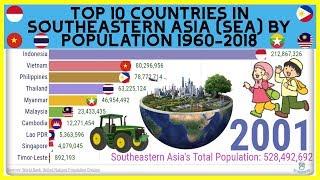
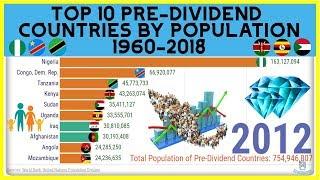
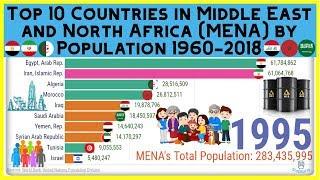

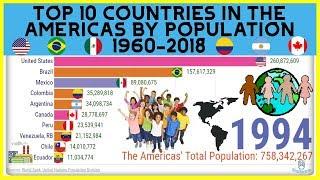
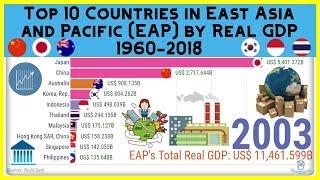
![Top 30 Asia, Pacific Countries by The Number of Old Age People (1960-2018) [4K]](https://no-mar.com/uploads/thumbs/9665b178d-1.jpg)

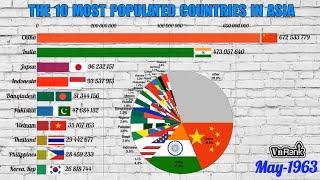
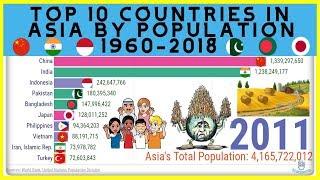
![Top Asia (East, South), Pacific Countries with The Largest Service Sector (1988-2018) [4K]](https://no-mar.com/uploads/thumbs/dbf36ffe7-1.jpg)
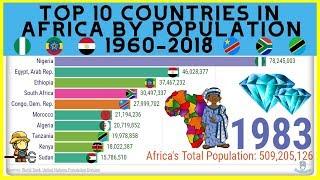
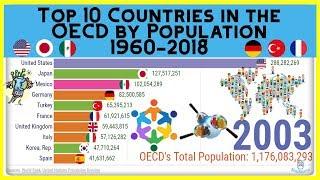
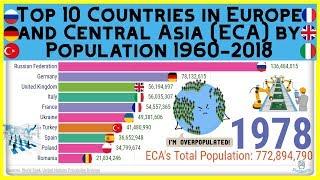





Comments